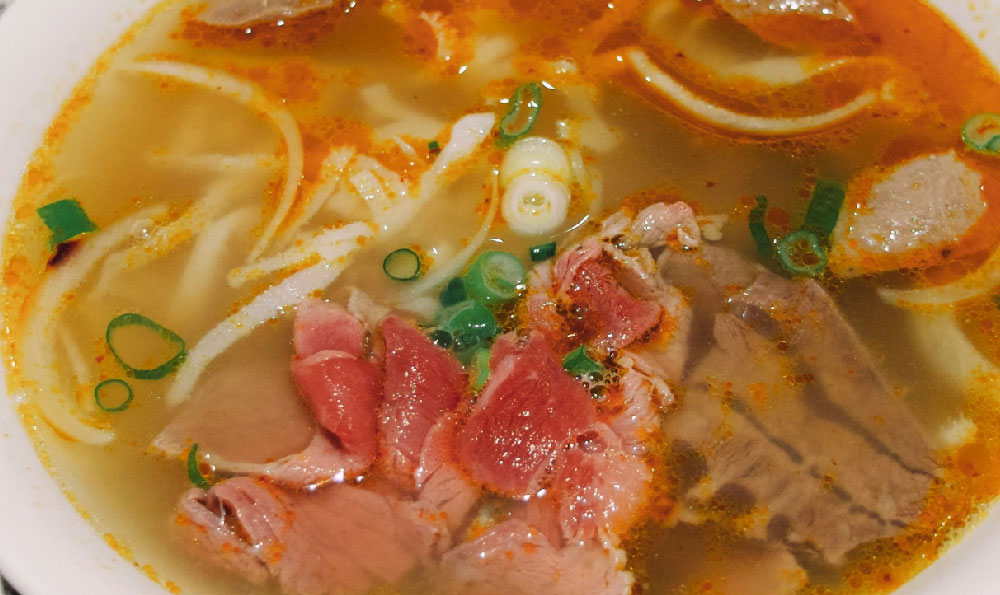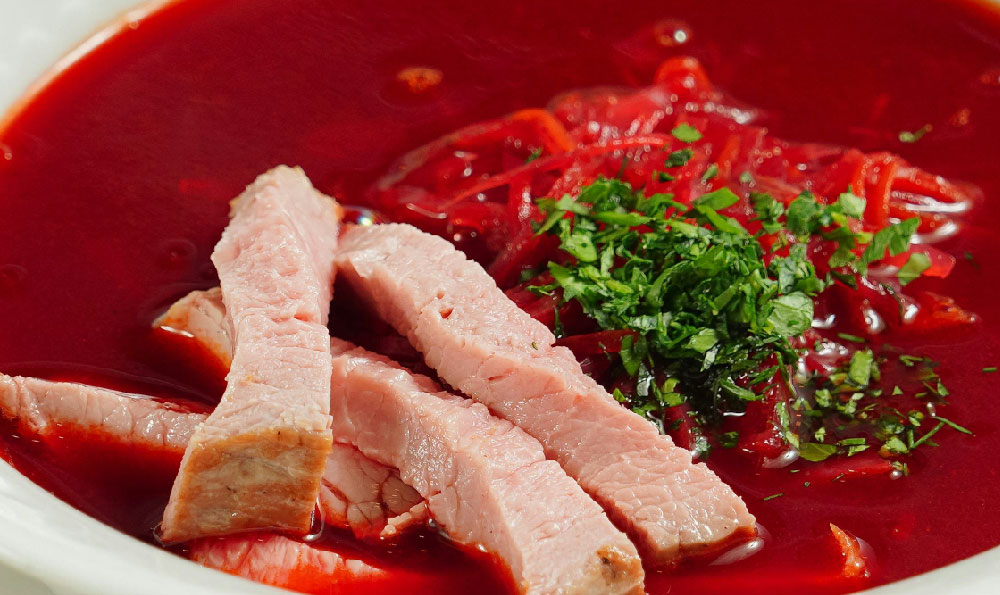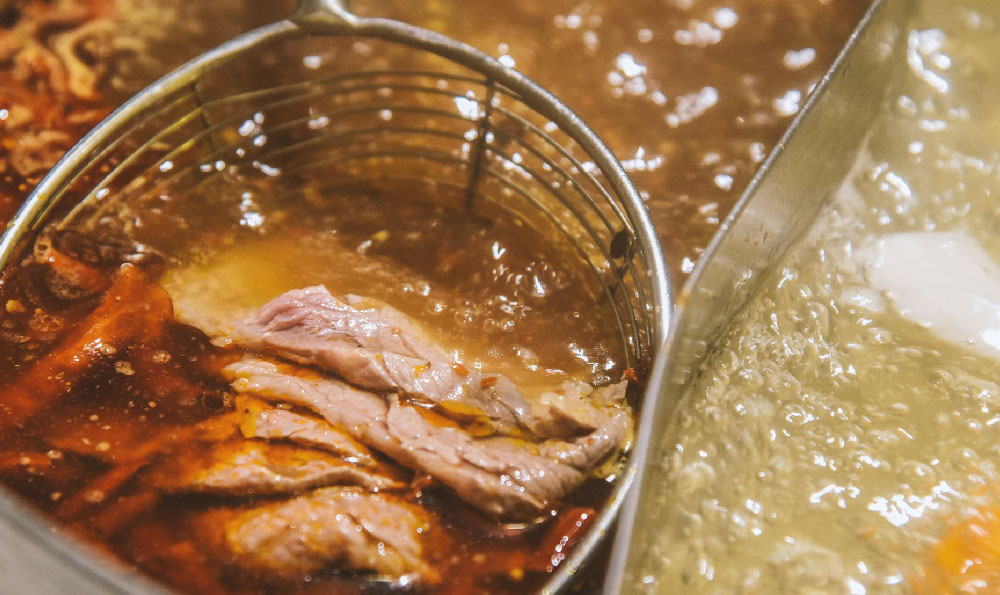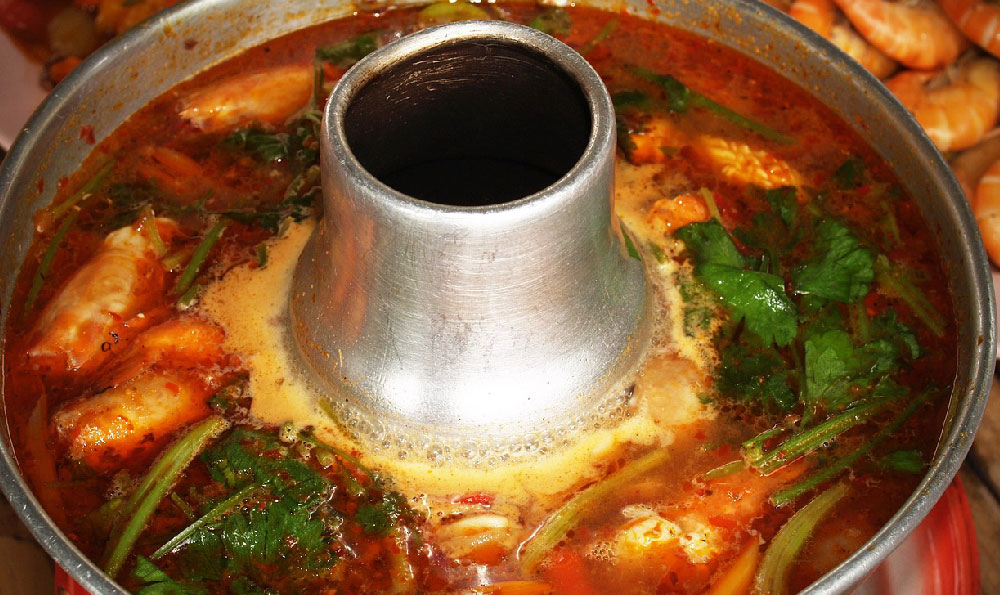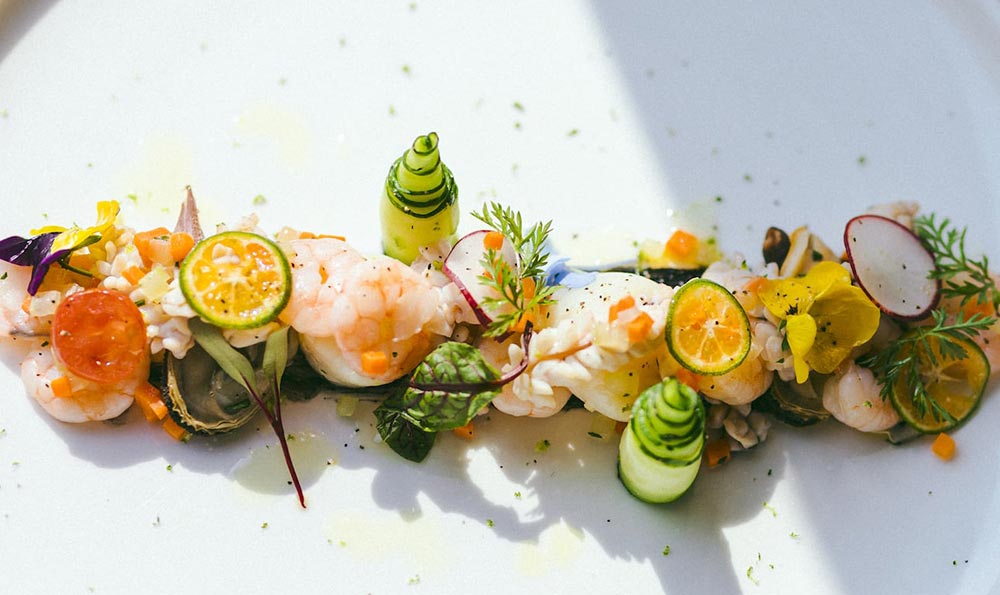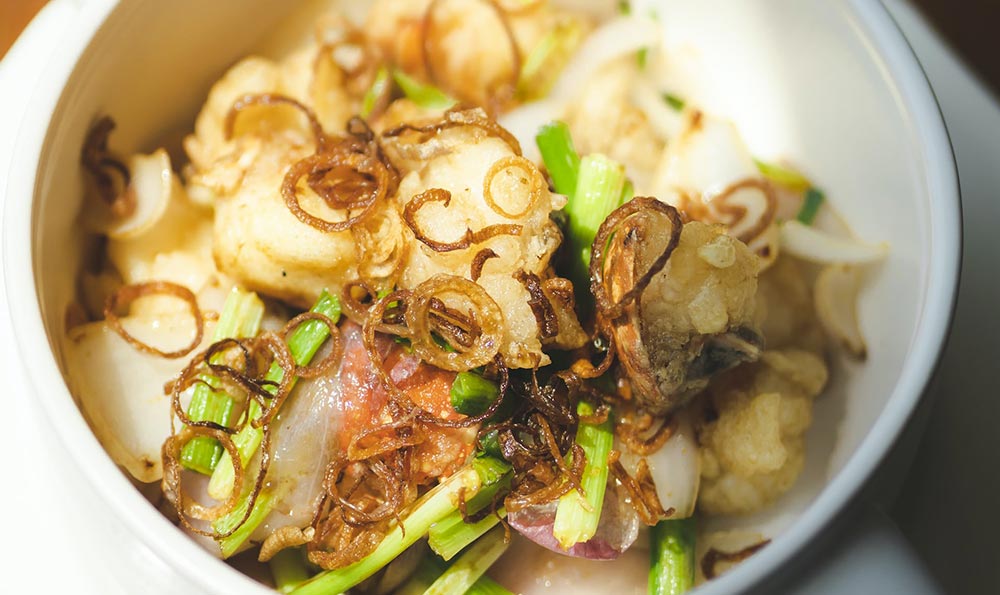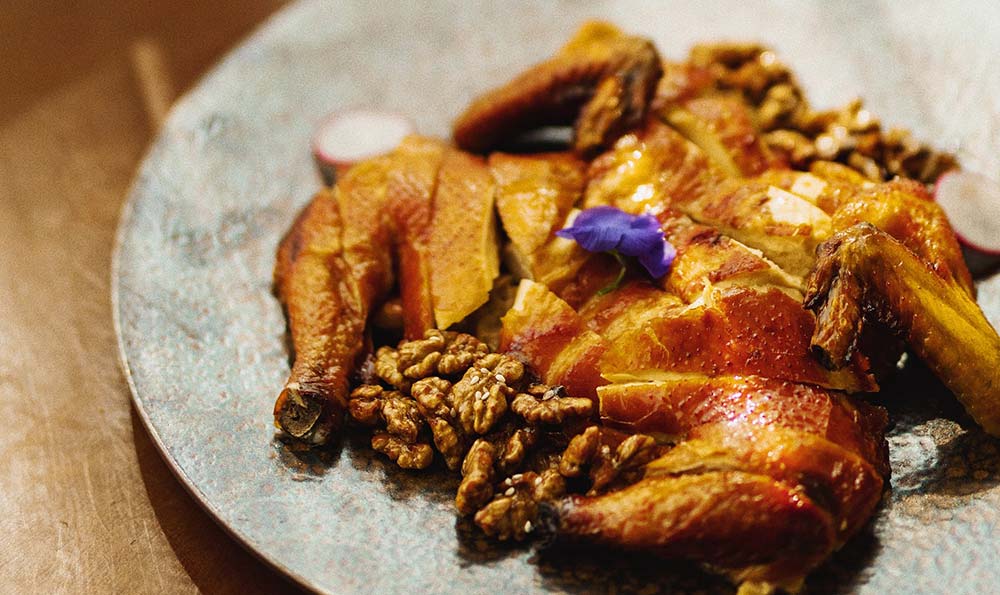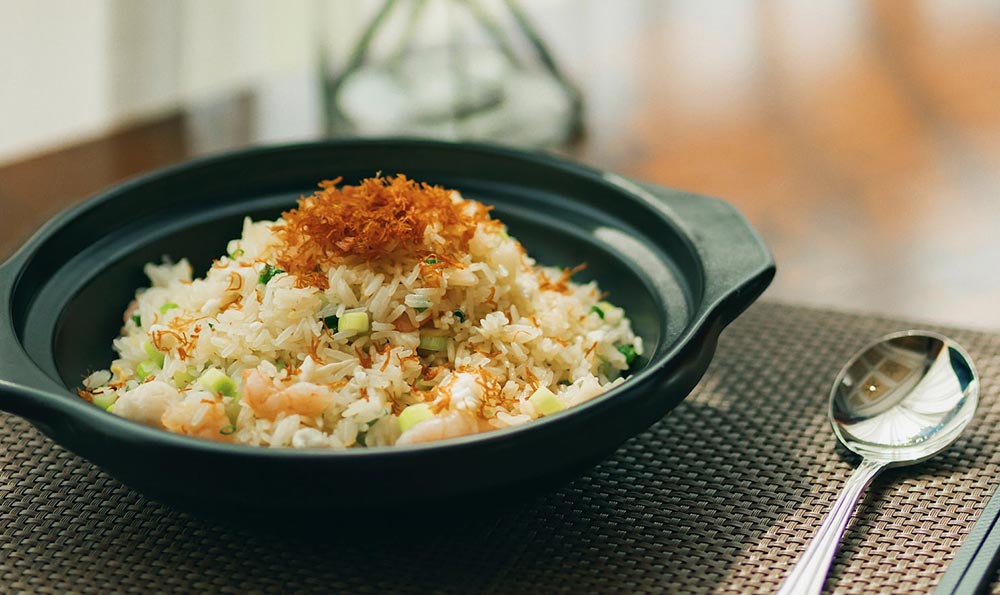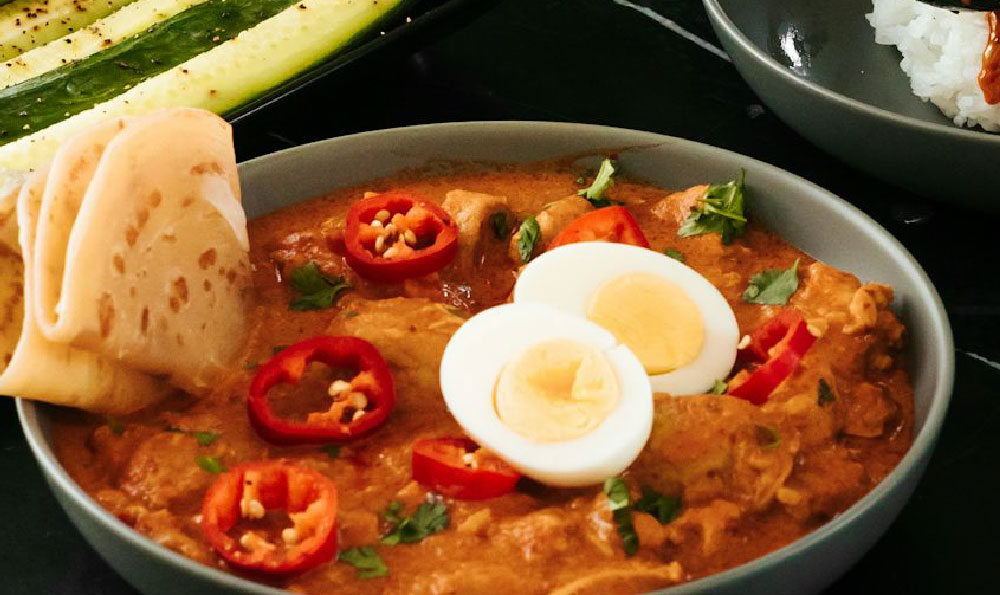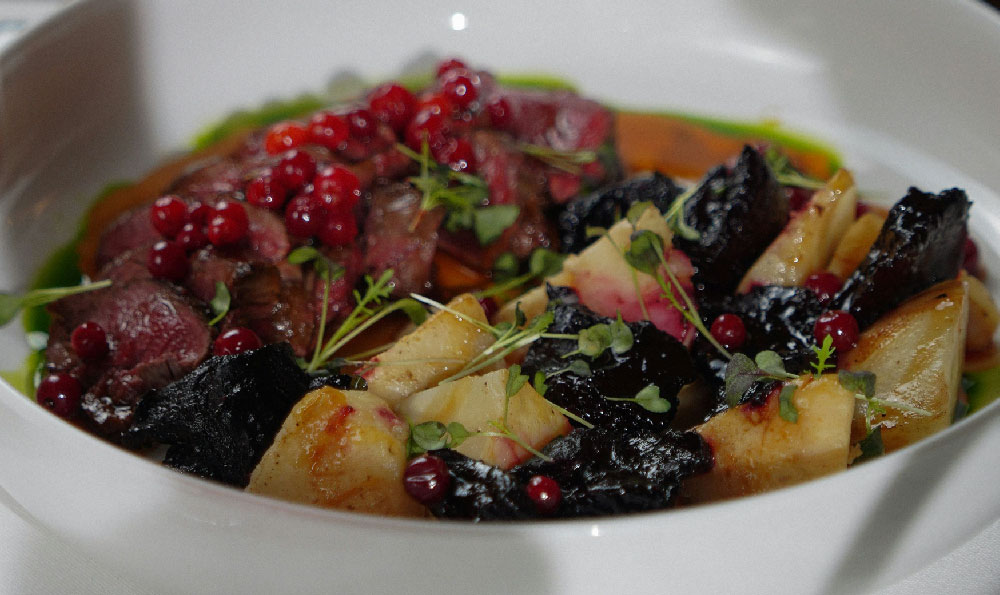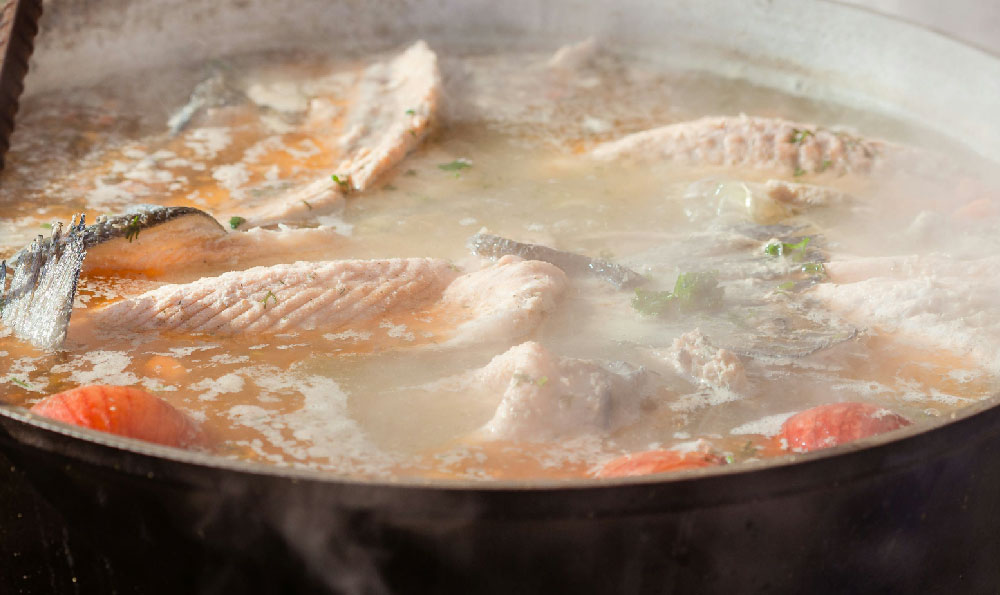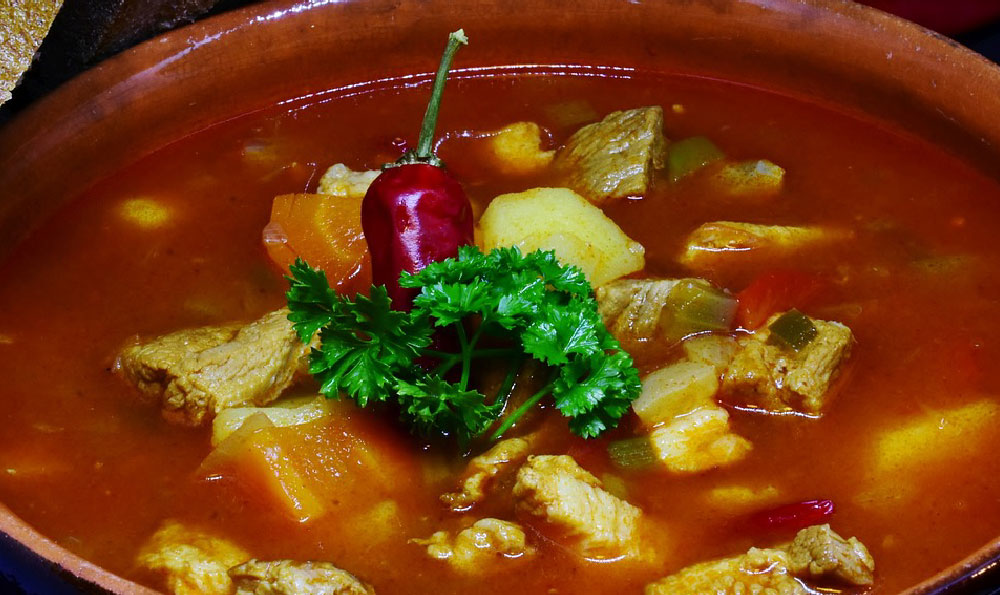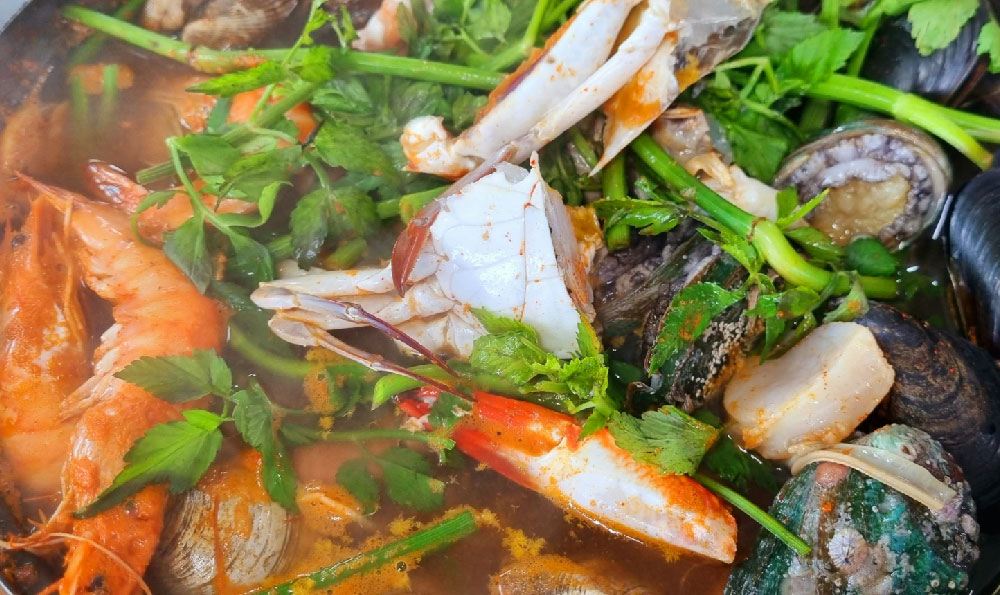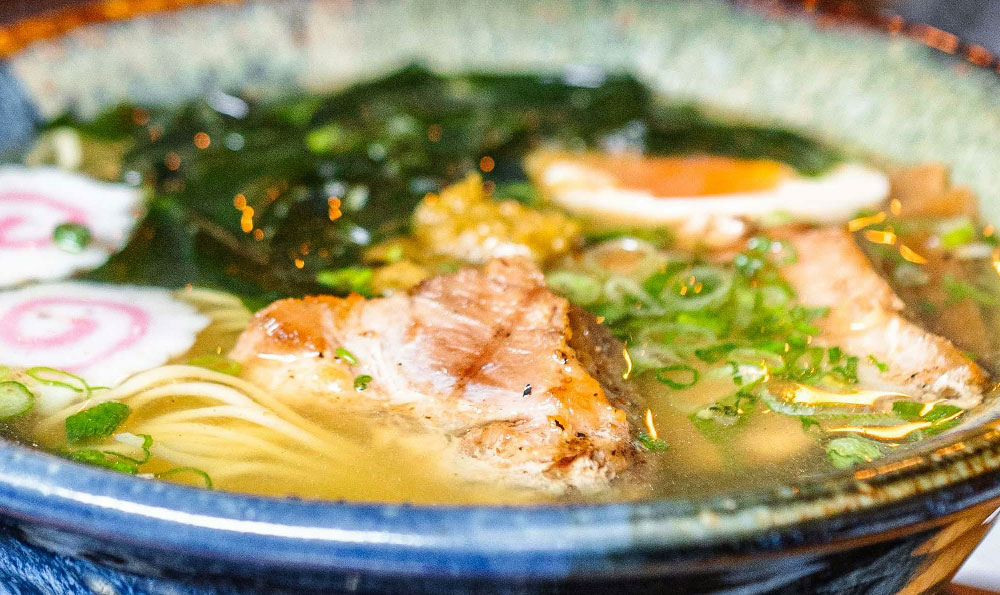麻辣烫是中国一道非常受欢迎的传统美食,它的汤料是麻辣烫的核心,也是制作出美味麻辣烫的重要因素。本文将介绍麻辣烫汤料的制作过程,让读者更加了解这道美食背后的精髓。

麻辣烫汤料的制作需要选择优质的原材料。优质的原材料是制作出美味麻辣烫的基础,比如辣椒、花椒、姜蒜等。辣椒是麻辣烫的关键调料之一,可以根据个人喜好选择辣椒的种类和辣度。而花椒则能给麻辣烫带来独特的麻感。姜蒜是提升麻辣烫风味的重要调料,能给汤底增添香气和口感。这些原材料的选择和搭配,对麻辣烫的口感和风味有着至关重要的影响。
制作麻辣烫汤料需要独特的配方。每家麻辣烫店都有自己独特的汤料配方,这也是麻辣烫的魅力之一。汤料配方的调制需要考虑辣度、口感、香气等多个因素。经过不断的尝试和调整,使得汤料的口味更符合顾客的口感需求。合理的配方能够使汤料更加丰富多样,满足不同人的口味偏好。
制作麻辣烫汤料需要专业的烹饪技巧。麻辣烫汤料的烹饪过程需要注意火候的控制、调料的加入顺序等细节,这些都需要经验丰富的厨师来操作。烹饪过程中要注意辣椒、花椒等调料的炒熟程度,以充分释放出它们的香味和辣味。还需要注意调料的加入顺序,以保持汤料的均衡和鲜美。
为了制作出更好的麻辣烫汤料,还需要注重卫生和食材的新鲜度。健康和卫生是餐饮行业的基本要求,尤其是制作食品的过程中更加重要。厨房的清洁和食材的新鲜度是保证麻辣烫汤料质量的关键。只有在清洁卫生的环境下,使用新鲜的食材,才能够制作出美味健康的麻辣烫汤料。
制作麻辣烫汤料需要选择优质的原材料,独特的配方,专业的烹饪技巧,以及注重卫生和食材的新鲜度。这些因素相互作用,才能制作出口感麻辣、香气四溢的麻辣烫汤料,满足人们对美食的追求。希望通过本文的介绍,读者能够更加了解麻辣烫汤料的制作过程,也能够更加欣赏这道美食的独特之处。
麻辣烫汤料的配方和熬制方法
麻辣烫是一道受广大消费者喜爱的传统小吃,其中的汤料配方和熬制方法至关重要。本文将从原材料的选择、调味料的比例、熬制的步骤等方面,为您详细介绍麻辣烫汤料的配方和熬制方法。

一、原材料的选择
麻辣烫的汤料原材料包括主料和辅料两部分。主料一般选用牛骨或鸡骨,这两种骨头都具有丰富的胶原蛋白和鲜味,能够增加麻辣烫的口感和风味。辅料的选择则包括辣椒、花椒、姜蒜、香葱、八角等,这些调料可以为汤料增添辣味和香味,使麻辣烫更具特色。
二、调味料的比例
麻辣烫的调味料包括辣椒面、花椒粉、豆瓣酱等多种配料。这些调味料的比例要根据个人口味和喜好来确定,辣椒面和花椒粉的比例应该是1:1,豆瓣酱的用量则可根据辣度和口味要求适量调整。还可以根据个人口味喜好加入一些其他调料,如孜然粉、五香粉等,以增加风味的多样性。
三、熬制的步骤
熬制麻辣烫汤料的步骤主要包括炖煮、漂浮、过滤等几个环节。将选好的骨头放入炖锅中,加入足够的清水,大火炖煮至水开后,转小火慢慢熬煮2-3个小时,直到汤料口感浓郁。将鸡骨或牛骨捞出,用清水冲洗干净,去除表面的血沫和杂质。将漂浮处理后的骨头再次放入炖锅中,加入适量的水和调味料,继续煮开后转小火慢慢熬煮30分钟至1小时,以充分释放调味料的香味和辣味。将汤料通过过滤器过滤,确保汤料的纯净度和口感的顺滑。
四、熬制的技巧
在熬制麻辣烫汤料时,需要注意一些技巧以确保汤料的口感和风味。炖煮的时间要充分,以保证骨头中的营养和味道能够充分释放出来。调味料的比例要适度,过多或者过少都会影响到麻辣烫的口感和风味。过滤的时候要均匀细致,以去除杂质和沉淀物,使汤料更加清澈透明。火候的掌握也很重要,火力过大或过小都会影响到麻辣烫汤料的质量。
五、麻辣烫汤料的保存
麻辣烫汤料可以通过冷藏或冷冻的方式进行保存。如果要短时间内使用,可将汤料放入冰箱冷藏室保存,保质期一般为3-5天。如果需要长时间保存,可将汤料分装入密封袋或容器中,放入冰箱冷冻室冷冻保存,保质期可达1-2个月。
六、总结
通过合理选择原材料、准确掌握调味料的比例、熟练掌握熬制的步骤和技巧,就能够制作出口感浓郁、风味独特的麻辣烫汤料。希望本文的介绍能够给您在麻辣烫汤料的配方和熬制方法上提供一些参考和帮助。
麻辣烫制作过程英语作文
The Making Process of Spicy Hot Pot - An Industry Article

Introduction:
Hot pot, a popular traditional Chinese cuisine, has gained immense popularity not only in China but also worldwide. One of its most famous variations is the Sichuan-style spicy hot pot, commonly known as "麻辣烫" (má là tàng). In this industry article, we will explore the systematic and professional process of making a spicy hot pot, highlighting its defining characteristics, classification, examples, and comparisons.
Body:
Defining Spicy Hot Pot:
A spicy hot pot is a type of Chinese cuisine that involves boiling various ingredients, such as meat, vegetables, and noodles, in a spicy and flavorful broth. Unlike traditional hot pot, which offers a wide range of broth options, spicy hot pot is primarily known for its bold and fiery flavor. The key defining feature is the use of Sichuan peppercorns and spicy chili peppers, which create a numbing and tingling sensation on the tongue.
Classification of Spicy Hot Pot:
Spicy hot pot can be categorized into two main types based on the cooking method: individual serving and communal serving. Individual serving involves having separate pots for each diner, allowing them to customize the ingredients and spice level. Communal serving, on the other hand, involves a larger pot shared among diners, promoting a social dining experience.
The Making Process:
1. Preparing the Broth:
The first step in making a spicy hot pot is to create the iconic broth. This requires infusing a combination of spices, such as Sichuan peppercorns, dried chili peppers, ginger, garlic, and various aromatics, into a rich and flavorful base. The broth is simmered for hours to intensify the taste and aroma.
2. Selecting Ingredients:
Next, an array of fresh and high-quality ingredients are carefully chosen. Meats like thinly sliced beef, lamb, and pork, along with seafood like shrimp and fish fillets, provide protein options. Vegetables such as Napa cabbage, mushrooms, and bean sprouts add a healthy and crunchy touch. Various types of tofu and noodles are also included to enhance the texture and taste.
3. Cooking Process:
Once the broth and ingredients are ready, the cooking process commences. The broth is brought to a boil in individual serving pots or a large communal pot. Diners can then add their preferred combination of ingredients into the pot. The ingredients are cooked briefly, ensuring that they retain their freshness and texture.
4. Customizing Flavor:
One significant aspect of spicy hot pot is the freedom for diners to customize their spice level. A selection of additional spices, condiments, and sauces, such as fermented bean curd, sesame paste, and chili oil, are provided. Diners can adjust the spiciness according to their personal preferences, creating a bespoke dining experience.
Conclusion:
The making process of a spicy hot pot involves the meticulous preparation of broth, selection of ingredients, cooking process, and the freedom for diners to personalize their spice level. By understanding the defining characteristics, classification, and steps involved in making this dish, one can truly appreciate the expertise and complexity behind the creation of a delicious and satisfying spicy hot pot.
(Note: The word count of the above article is 448 words)

